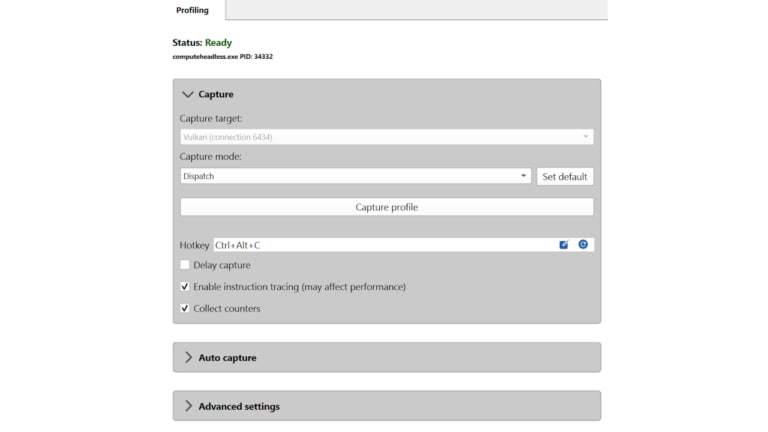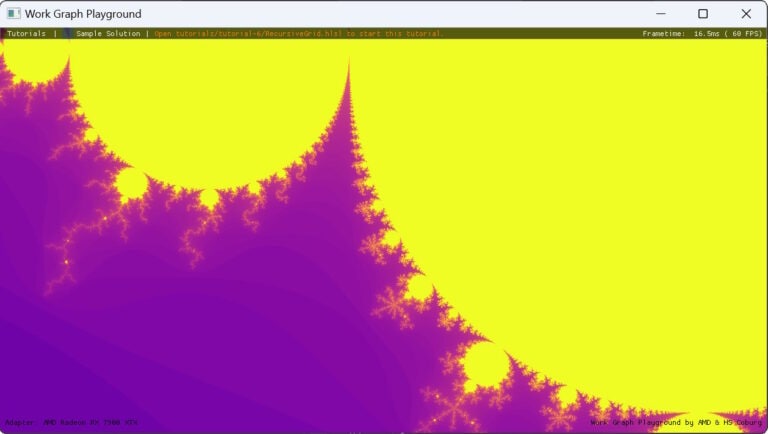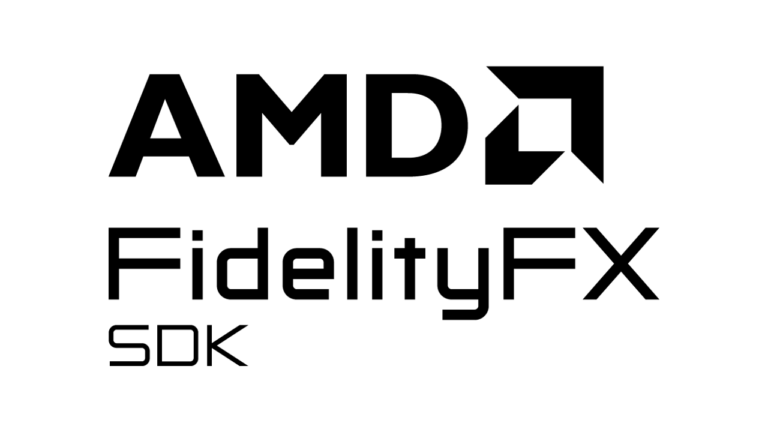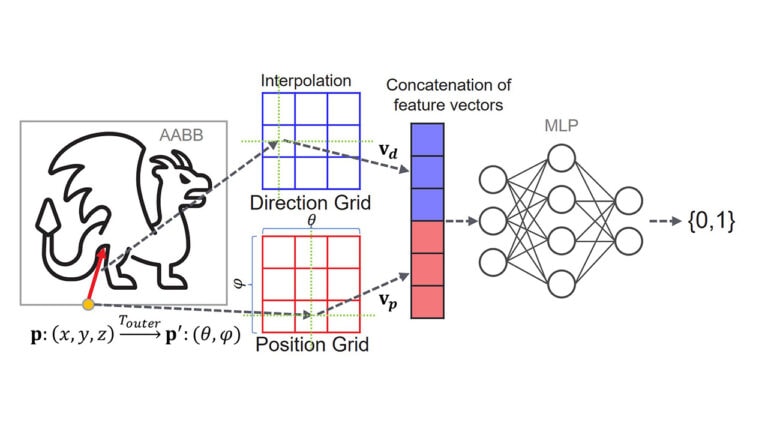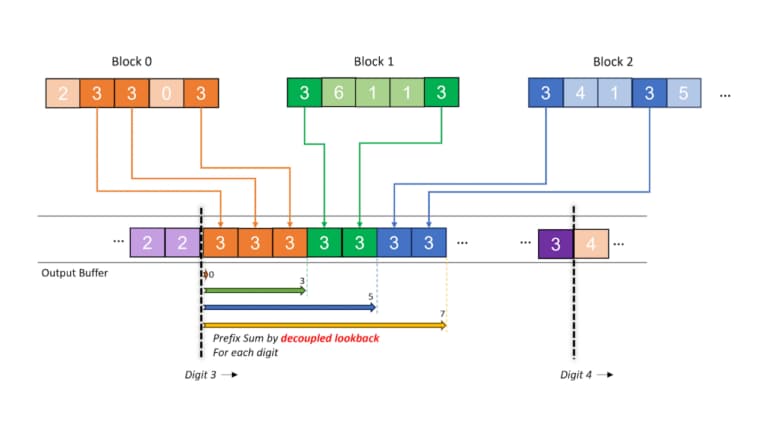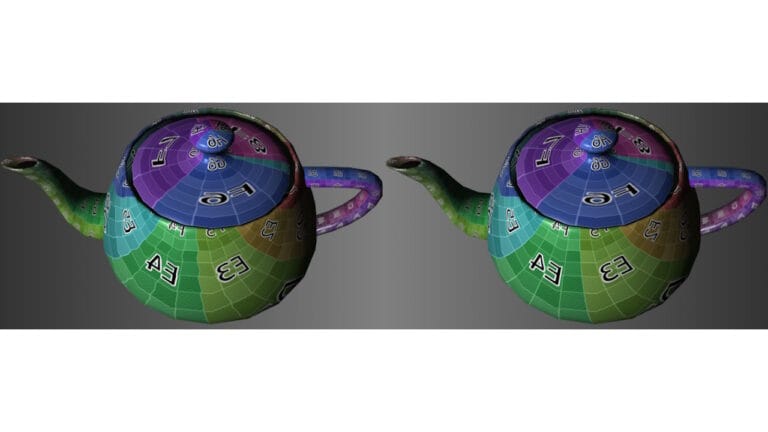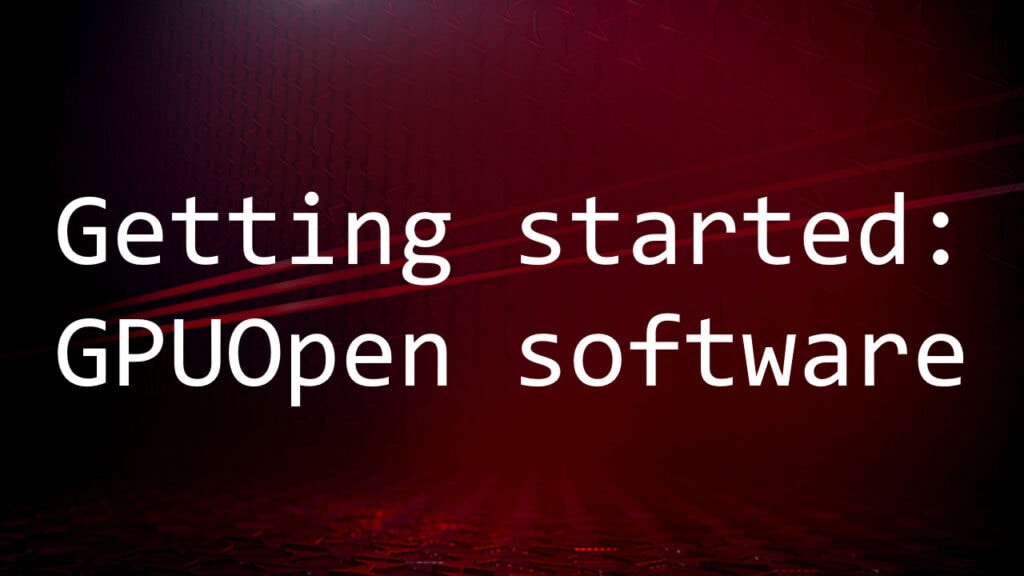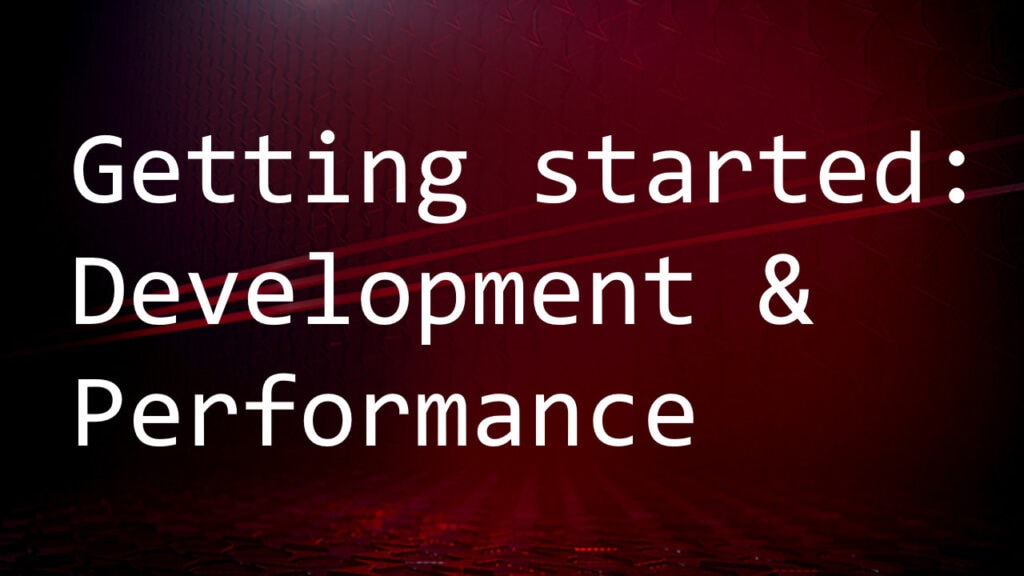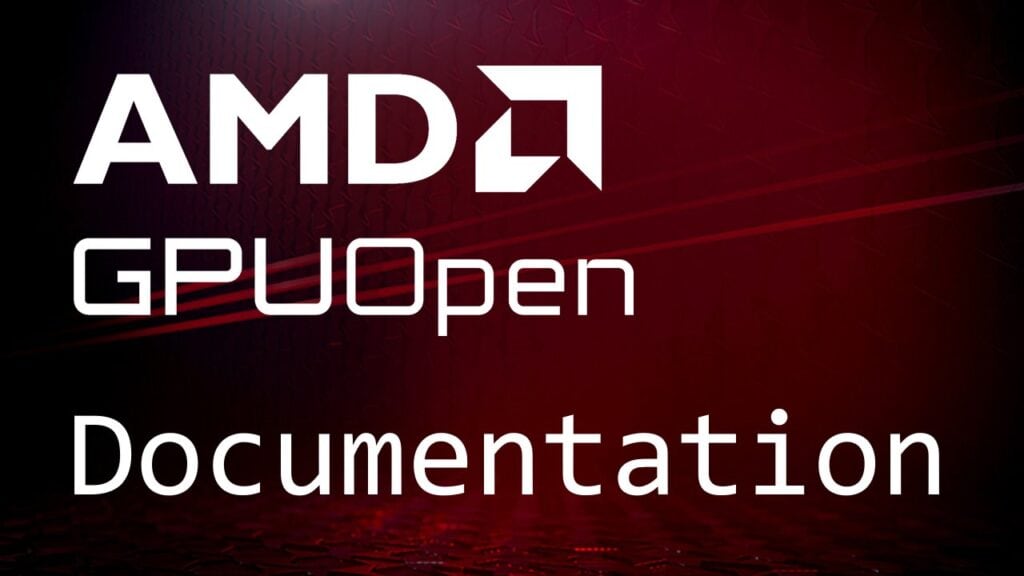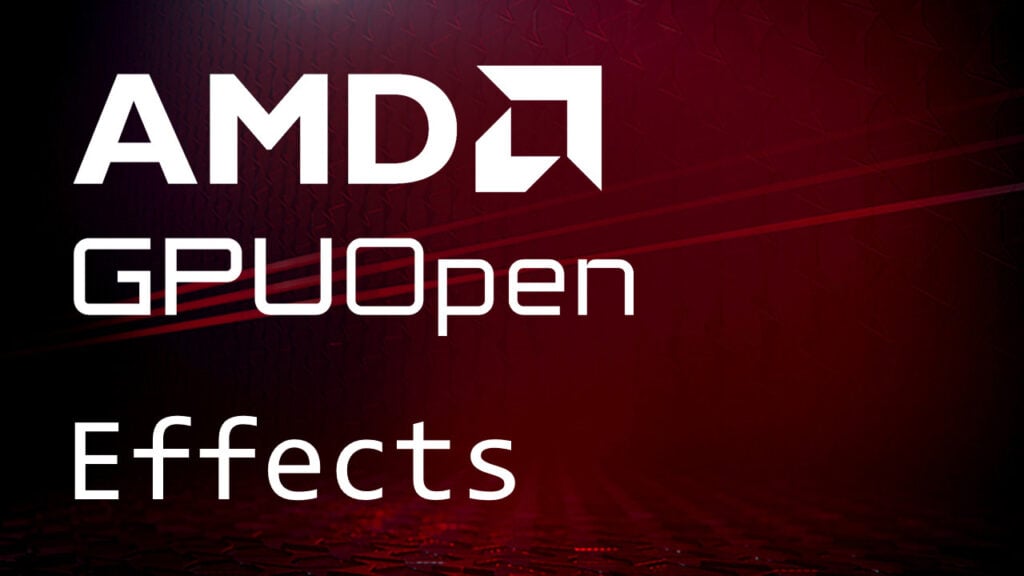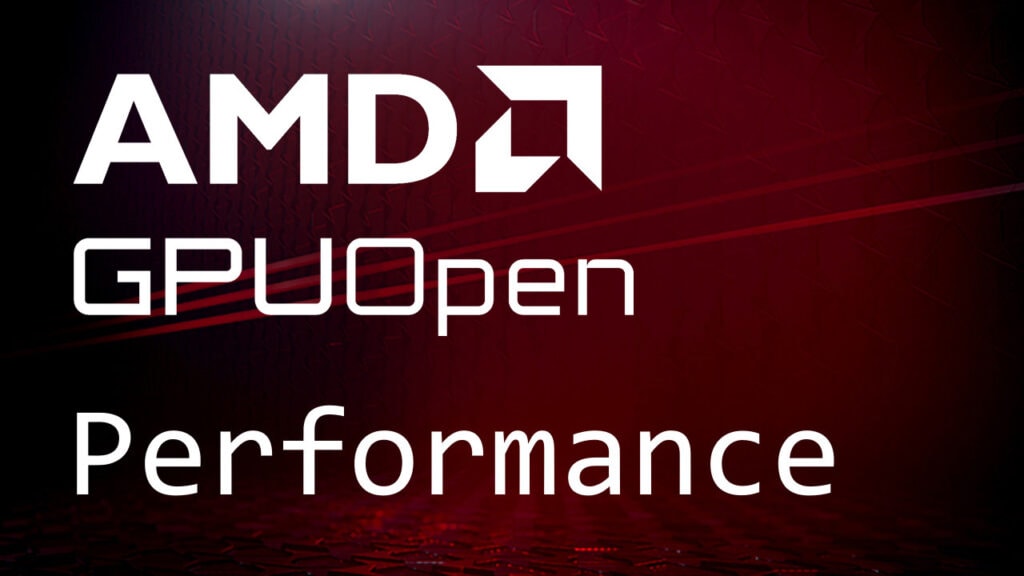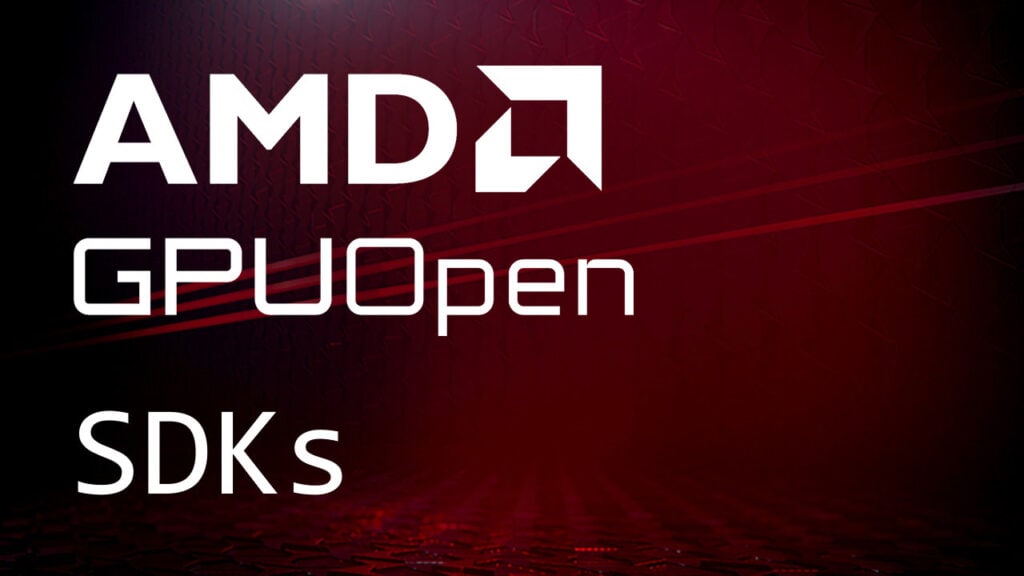Launch of Work Graphs 1.0
One of the big stories is the release of the Microsoft DirectX® 12 Work Graphs 1.0 API. It’s been in the making for a while, but now it’s out for everyone and ready for production use. Please check the Work Graphs announcement post over at the DirectX blog for more details.
Just like when we launched the public preview in June last year, AMD provides a day-0 launch driver and updated samples to help get you started right away. If you’ve seen our existing blog posts on GPUOpen before, they have been all updated for the final API, so you can get started right away. All you need is an AMD RDNA™ 3 architecture discrete graphics card and our Work Graphs 1.0 enabled driver.
If you haven’t familiarized yourself with this API yet, this is a great time to catch up and learn about this new, step-function improvement in GPU programming over at GPUOpen. In a nutshell, GPU Work Graphs bring capabilities to the GPU to efficiently allow the GPU to schedule work for itself, without relying on going back and forth between the CPU and GPU. This enables many new use cases, for example, by making various “classify-then-execute” use cases practical due to reasonable memory usage.
Next week we’ll be also providing a deep dive into Work Graphs 1.0 at GDC 2024, as part of the Advanced Graphics Summit, on Monday, March 18. AMD engineers who worked on Work Graphs will also be on-site to answer your questions, at the conference, or at a panel on Monday. Make sure to check out the “GPU Work Graphs: Welcome to the Future of GPU Programming” talk if you’re around in San Francisco which we’ll be giving together with our friends at Microsoft.
I hope you’re as excited as we are about the launch of this brand-new API! We can’t wait to see what you’ll be doing with it
Other features
Alongside Work Graphs, the new Agility SDK also provides new system values to simplify buffer management and reduce complexity in ExecuteIndirect driven rendering.
Microsoft has also made the new GPU Upload Heaps feature available for retail use. If you are interested, check out our article “Effective use of the new D3D12_HEAP_TYPE_GPU_UPLOAD flag” to learn how to use it effectively. Our D3D12 Memory Allocator library also fully supports it if you grab the latest code from the “master” branch. Please note that using GPU Upload Heaps is an optimization that will be available only on some users’ machines as it requires enabling ReBAR in the system UEFI.
PIX has also been updated to provide support for all the features announced – you can read more about this on Microsoft’s blog here.
Our latest driver supports more features for the new Agility SDK v1.613 besides the launch of Work Graphs 1.0. Find out more in our KB posting here.



